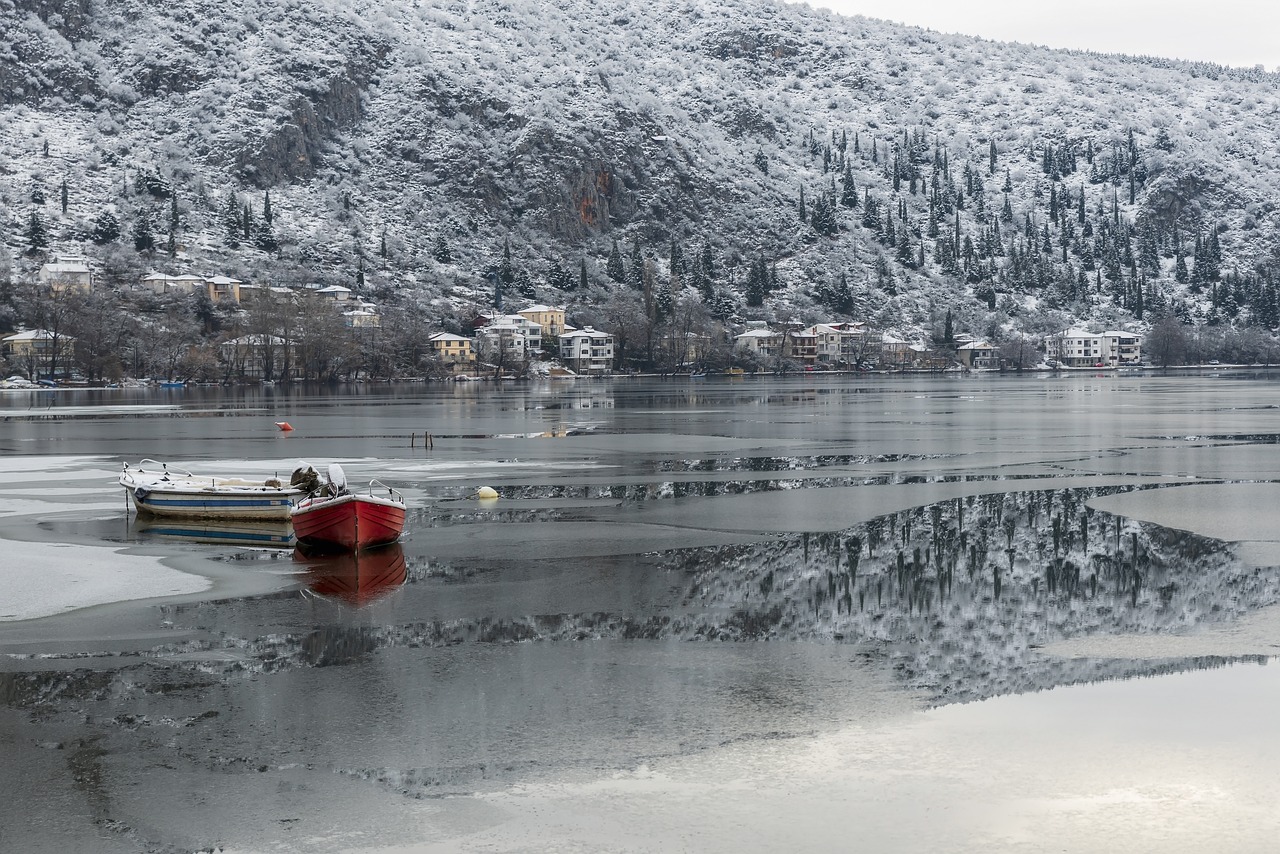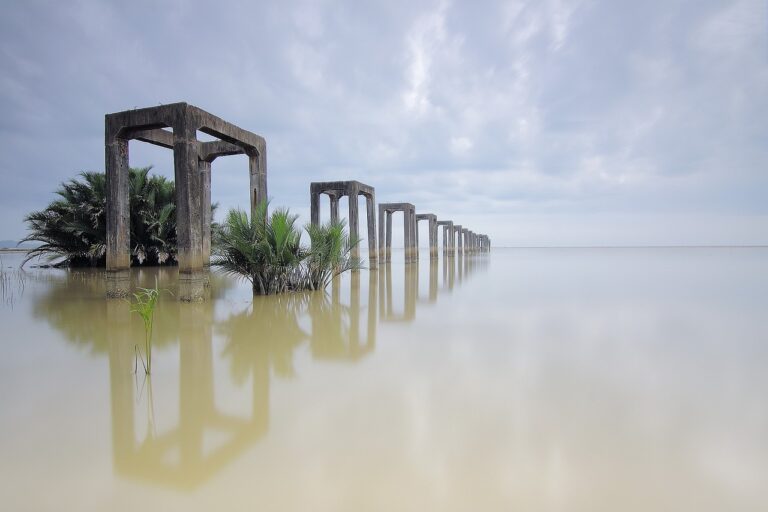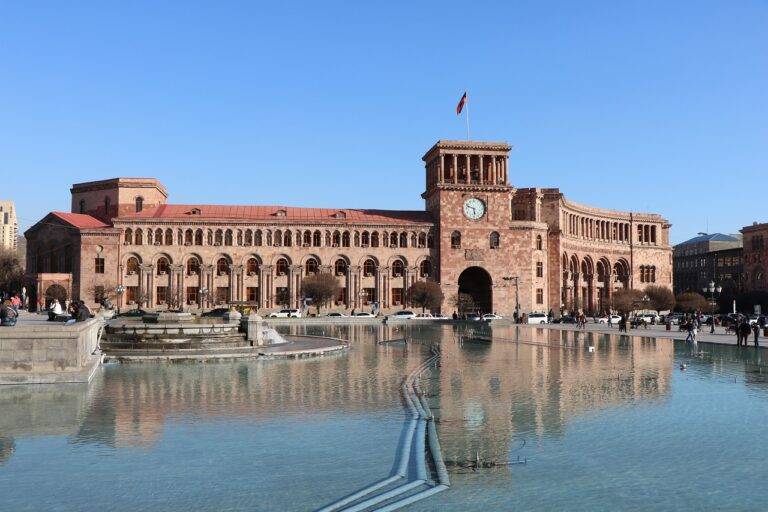Adventure Travel Safety Tips: Staying Safe While Exploring Remote Locations
When embarking on an adventure travel experience, safety awareness should always be a top priority. Whether you are exploring a dense forest, scaling a mountain, or diving into the depths of the ocean, understanding potential risks and taking necessary precautions can make all the difference in ensuring a successful and enjoyable trip. By being mindful of safety measures, travelers can mitigate potential hazards and emergencies, allowing them to fully immerse themselves in the adventurous experience without compromising their well-being.
In adventure travel, unexpected situations can arise at any moment, underscoring the importance of being prepared and alert. By staying informed about potential dangers, such as wildlife encounters, rough terrains, or adverse weather conditions, travelers can make informed decisions that protect both themselves and the environment they are exploring. Prioritizing safety awareness not only enhances the overall experience by minimizing risks but also fosters a sense of responsibility towards oneself and fellow adventurers, fostering a positive and secure environment for all participants.
Safety awareness should always be a top priority in adventure travel
Understanding potential risks and taking necessary precautions is crucial
Being mindful of safety measures can help mitigate hazards and emergencies
Unexpected situations can arise at any moment during adventure travel
Staying informed about potential dangers allows travelers to make informed decisions
Prioritizing safety awareness enhances the overall experience and fosters a sense of responsibility
Researching Your Destination Before Departure
Before embarking on any adventure travel, conducting thorough research about your destination is crucial for a safe and enjoyable experience. Start by familiarizing yourself with the local customs, traditions, and laws. Understanding the cultural norms will not only help you blend in more easily but also show respect to the local communities.
Additionally, researching the current political situation and any potential safety threats in the region is imperative. Stay informed about any travel advisories or warnings issued by your country’s government or reputable sources. Knowing about any possible risks in advance can help you take necessary precautions and make informed decisions during your trip.
Packing Essential Safety Gear for Remote Locations
When preparing for an adventure in a remote location, packing essential safety gear is crucial to ensuring a smooth and secure journey. Properly equipping yourself with the necessary tools can make a significant difference in emergency situations that may arise during your travels.
Some key items to include in your safety gear kit are a reliable first aid kit, emergency communication devices such as a satellite phone or an emergency locator beacon, extra food and water supplies, a multipurpose tool like a Swiss army knife, a map and compass for navigation, and appropriate clothing for various weather conditions. It is important to consider the specific challenges and risks of the location you will be visiting when selecting your safety gear to ensure you are adequately prepared for any unexpected circumstances that may occur.
Why is safety awareness important when traveling to remote locations?
Safety awareness is crucial when traveling to remote locations because these areas often lack access to emergency services and medical facilities. Being prepared and aware of potential risks can help prevent accidents and ensure a safe and enjoyable trip.
How can I research my destination before departure?
Before departing for a remote location, it is important to research the area’s terrain, climate, wildlife, and any potential hazards. This information can help you pack the necessary safety gear and plan your activities accordingly to minimize risks.
What essential safety gear should I pack for remote locations?
Some essential safety gear to pack for remote locations include a first aid kit, emergency shelter, extra food and water, navigation tools (such as a map and compass or GPS device), a multi-tool, and a communication device (such as a satellite phone or emergency beacon). It is also important to pack appropriate clothing and footwear for the terrain and climate of the area.





